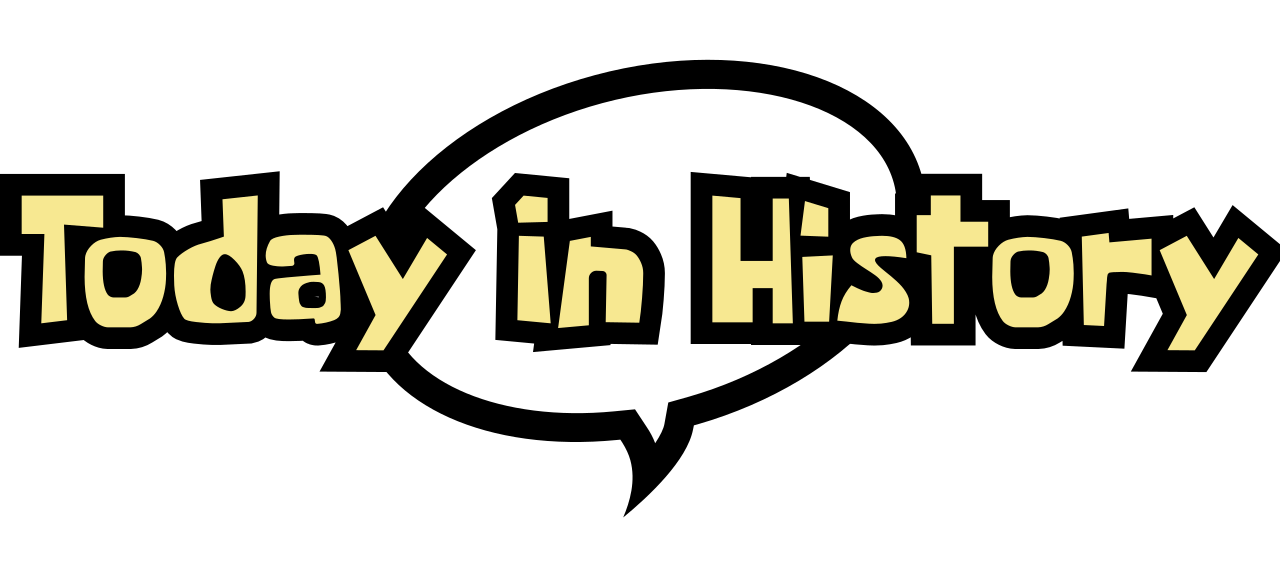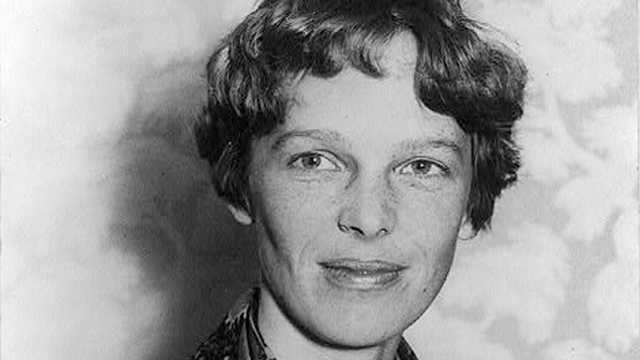Title: The Launch of Hubble Space Telescope: The Jewel in Space Science – April 21, 1990
April 21 is a day that has secured its position in the annals of world history. It marks the commencement of a significant event in the realm of space exploration. Notably, this was the day that brought forth the launch of the groundbreaking Hubble Space Telescope on April 21, 1990, revolutionizing our perception of the cosmos forever!
The Hubble Space Telescope (HST), named after astronomer Edwin Hubble, is a project of international cooperation between NASA and the European Space Agency (ESA). Launched by the space shuttle Discovery (STS-31 mission), Hubble has significantly broadened our knowledge of the universe. Unlike ground-based telescopes, Hubble avoids the distortion of atmospheric interference to capture high-resolution images of distant galaxies, nebulae and other celestial bodies.
The making of the HST was not a one-night event. Devised in the 1960s, the construction began in 1977. However, it ran into several delays, notably the tragic Challenger space shuttle disaster of 1986 that resulted in a four-year wait until a new shuttle, Discovery, would ferry Hubble into space.
During its first few years, the Hubble Space Telescope had a shaky start. After its deployment, a flaw was identified in the main mirror that affected the clarity of the telescope’s images. The ambitious Hubble First Servicing Mission in December 1993 successfully corrected this problem. Since then, astronauts have visited Hubble five times to make repairs and upgrades, allowing it to continue its vital work.
The Hubble has been instrumental in confirming the existence of black holes, accurately measuring the rate at which the universe is expanding (Hubble Constant), and observing distant supernovae to give us clues about the nature of dark energy. Its breathtaking images have enthralled both the scientific community and the general public.
**Interesting Facts for Kids Section**
1. Hubble orbits Earth at about 5 miles per second – that’s as fast as traveling from the US to Australia in 10 minutes!
2. Hubble doesn’t use a lens to take pictures. Instead, it uses a giant mirror to collect light from distant objects.
3. Hubble has no thrusters. To change angles, it uses Newton’s third law by spinning its wheels in the opposite direction.
**Educational Activities for Kids**
1. *Hubble Deep Field Challenge*: Kids can recreate the Hubble Deep Field image using colored pencils or paint. This helps them understand the magnitude and diversity of galaxies in the universe.
2. *Galaxy Classification*: Using the Hubble Galaxy Classification Scheme, children can learn about different types of galaxies (Spiral, Elliptical, Irregular) and try to identify them using Hubble’s images.
3. A *Space Debate* where kids can discuss the potential and challenges of space exploration and the ethical implications of colonizing other planets.
In conclusion, the launch of the Hubble Space Telescope on April 21, 1990, is a momentous event that has greatly deepened our understanding of the universe. Hubble’s discoveries and stunning images have also inspired future generations about the wonders of space exploration.
**References**
1. Dunbar, Brian. “Hubble Space Telescope.” NASA, NASA, 10 Mar. 2020, www.nasa.gov/mission_pages/hubble/story/index.html.
2. Dunbar, Brian. “Servicing Missions.” NASA, NASA, www.nasa.gov/mission_pages/hubble/servicing/index.html.
3. “Hubble History Timeline.” HubbleSite, hubblesite.org/the_telescope/hubble_essentials/hubble_history_timeline.







What do you think?
Show comments / Leave a comment